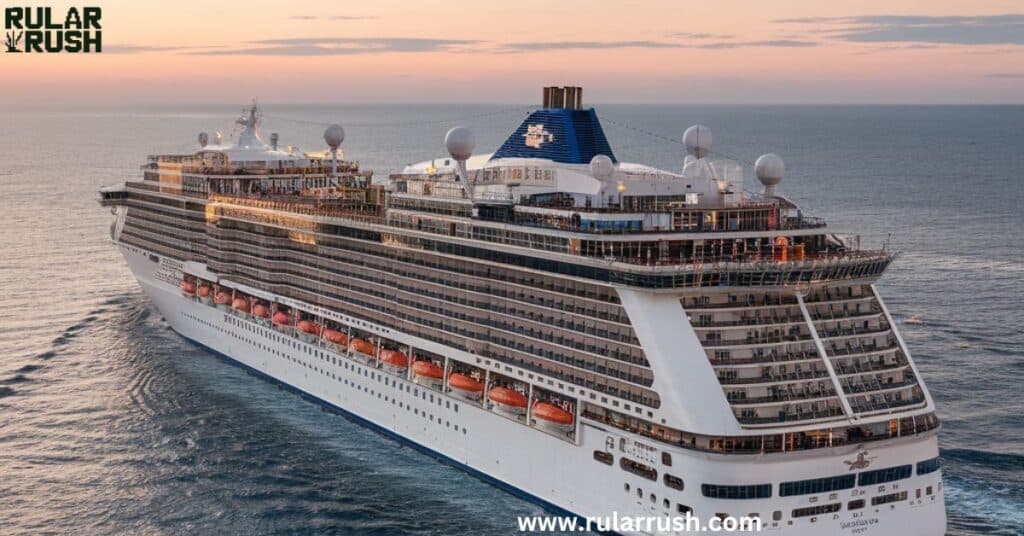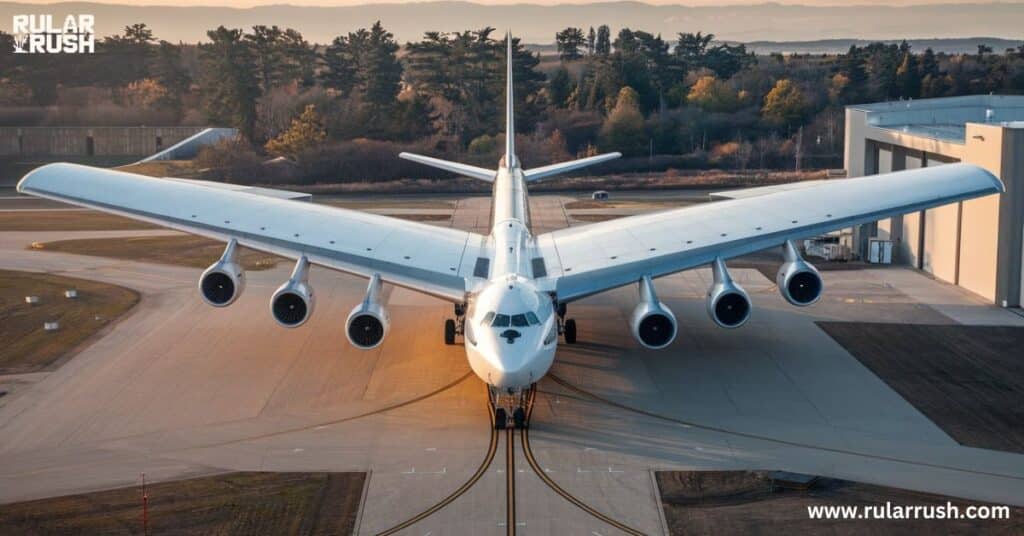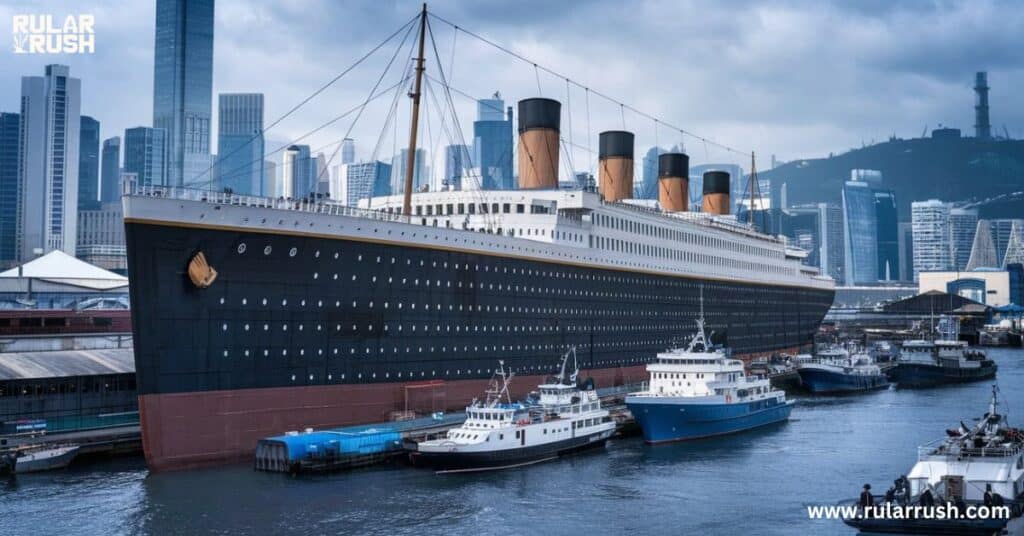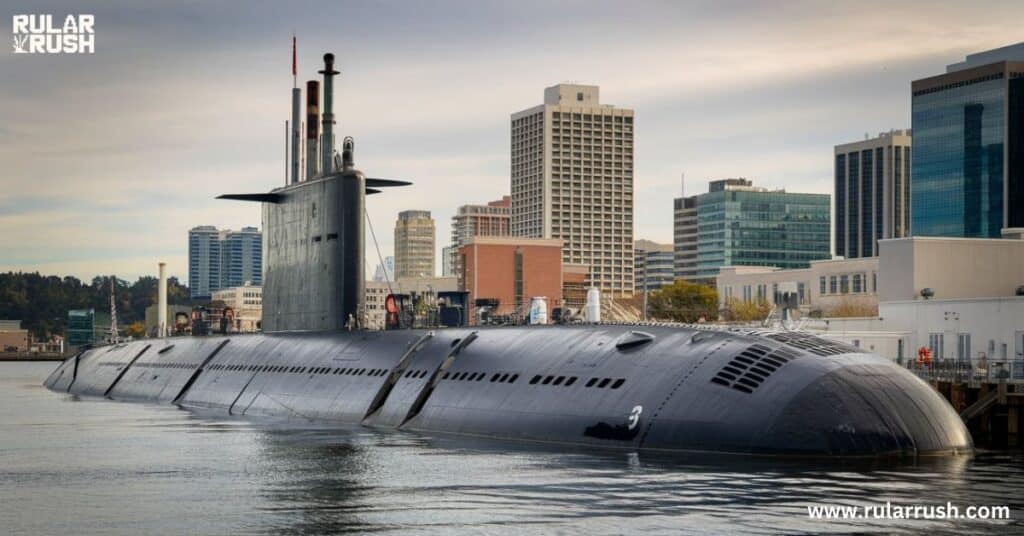
Have you ever wondered just how big 400 feet really is? It’s a distance that pops up more often than you might think, from towering skyscrapers to massive ships. In this deep dive, we’ll explore eight incredible things that measure up to this impressive length, giving you a fresh perspective on the world around us. Get ready to see everyday objects and extraordinary feats of engineering in a whole new light!
The Magnitude of 400 Feet
Before we jump into our list, let’s get a handle on just how big 400 feet really is. Picture yourself standing at the base of a 40-story skyscraper, craning your neck to see the top. That’s roughly 400 feet tall! To put it in more relatable terms:
- 400 feet = 121.92 meters
- 400 feet = 0.0758 miles
- 400 feet = 4,800 inches
For sports fans, imagine a football field. Now add another 40 feet to its length, and you’ve got 400 feet. It’s a distance that’s both immense and, surprisingly, quite common in our world. Let’s dive into some examples that’ll make this length come alive for you.
1. The Width of a Mega Cruise Ship

Cruise ships are floating cities, and their size is nothing short of astounding. While the length of these maritime giants often steals the spotlight, their width is equally impressive. Take the Royal Caribbean’s Oasis-class ships, for instance:
| Ship Name | Width |
|---|---|
| Wonder of the Seas | 210 feet |
| Symphony of the Seas | 215.5 feet |
| Harmony of the Seas | 215.5 feet |
Now, imagine two of these behemoths side by side. You’d be looking at a width of about 400 feet! This gives you an idea of just how massive these floating resorts really are.
Fun fact: The width of these ships is so substantial that many ports had to be redesigned to accommodate them. Talk about making waves in the maritime industry!
2. The Great Pyramid of Giza: A Ancient Wonder at 400 Feet

When it comes to ancient architecture, few structures can rival the Great Pyramid of Giza. Originally standing at a majestic 480 feet tall, it has weathered over 4,500 years to its current height of about 455 feet. But here’s where it gets interesting:
“The base of the Great Pyramid covers 13 acres, with each side greater than 750 feet long.” – Ancient Egypt Online
While its height is impressive, the pyramid’s base length is even more so. At over 750 feet per side, you could fit nearly two 400-foot distances within a single side of the pyramid’s base!
- Original height: 480 feet (146.5 meters)
- Current height: 455 feet (138.8 meters)
- Base length: 756 feet (230.4 meters)
Imagine walking around just half of one side of the pyramid’s base. You’d have covered our 400-foot distance! This puts into perspective not only the immense size of the pyramid but also the incredible engineering feat it represented for its time.
3. Ten City Buses End-to-End
City buses are a common sight in urban areas, but have you ever thought about how many it would take to reach 400 feet? Let’s break it down:
- Average city bus length: 40 feet
- Number of buses to reach 400 feet: 10
Visualize a line of ten buses stretching down a city street. That’s 400 feet of public transportation! This comparison is particularly useful for understanding urban scale:
- It demonstrates the space needed for public transit infrastructure
- It gives perspective on the length of city blocks
- It illustrates the challenges of urban planning and traffic management
Case study: New York City’s MTA operates over 5,700 buses. If lined up end-to-end, they would stretch for more than 43 miles!
4. The Length of Two City Blocks

When we talk about city blocks, it’s important to note that their size can vary significantly depending on the city and its history. However, many urban planners use a general guideline:
“A typical city block in Manhattan is about 264 by 900 feet (80 by 274 m). In Chicago, a typical city block is 330 by 660 feet (100 by 200 m).” – Urban Planning Guide
Using these figures, we can see that 400 feet is:
- About 1.5 times the width of a Manhattan block
- Roughly two-thirds the length of a Chicago block
This comparison helps us understand:
- Urban layout and design
- Walking distances in cities
- The scale of neighborhood development
Next time you’re strolling through a city, try to gauge 400 feet. You might find it’s a distance you cover more often than you think!
5. The Height of Iconic Ferris Wheels

Ferris wheels have been capturing imaginations and providing stunning views for over a century. Some of the world’s most famous observation wheels come very close to our 400-foot mark:
| Ferris Wheel | Height | Location |
|---|---|---|
| London Eye | 443 feet | London, UK |
| High Roller | 550 feet | Las Vegas, USA |
| Singapore Flyer | 541 feet | Singapore |
The London Eye, standing at 443 feet, is a perfect example of a structure just over our 400-foot benchmark. Imagine the view from the top – you’re basically looking down from the height of our measurement!
Fun fact: The original Ferris Wheel, built for the 1893 World’s Columbian Exposition in Chicago, was 264 feet tall. We’ve come a long way!
6. The Wingspan of the Stratolaunch Aircraft

Aviation enthusiasts, get ready to have your minds blown! The Stratolaunch aircraft, designed to air-launch rockets into space, boasts a wingspan that’s almost exactly 400 feet:
- Stratolaunch wingspan: 385 feet (117 meters)
This makes it the largest aircraft by wingspan ever built! To put this into perspective:
- It’s wider than a football field is long
- Its wingspan is greater than the length of an American football field (360 feet)
- You could park six Boeing 737s wingtip to wingtip under its wings
The Stratolaunch is a testament to human engineering and our quest to reach the stars. Its massive size allows it to carry and launch rockets from high altitudes, potentially revolutionizing space access.
7. Half the Length of the Titanic

The RMS Titanic, despite its tragic fate, remains one of the most famous ships in history. Its size was unprecedented for its time, and even by today’s standards, it’s impressive:
- Total length of the Titanic: 882 feet 9 inches (269 meters)
Now, here’s where our 400-foot measurement comes in:
Half the length of the Titanic is almost exactly 400 feet!
This comparison helps us grasp:
- The immense size of early 20th-century ocean liners
- The scale of maritime disasters
- The progress in shipbuilding over the past century
Interesting note: Modern cruise ships dwarf the Titanic. The largest today, Wonder of the Seas, is 1,188 feet long – nearly 300 feet longer than the Titanic!
8. The Length of a Nuclear Submarine

Submarines are marvels of engineering, designed to operate in the most challenging environment on Earth – deep under the ocean. The Ohio-class submarine, a cornerstone of the U.S. Navy’s fleet, measures up impressively to our 400-foot standard:
- Length of an Ohio-class submarine: 560 feet (170 meters)
While it’s longer than 400 feet, imagine removing just over a quarter of its length – you’d be left with our benchmark 400 feet. This comparison illuminates:
- The scale of modern military vessels
- The engineering challenges of building such large underwater craft
- The amount of space needed to house a crew and nuclear propulsion systems for months at a time
Did you know? The Ohio-class submarines can stay submerged for up to 3 months at a time!
Gaining Perspective: The Importance of Scale
As we’ve journeyed through these eight examples, from ancient pyramids to futuristic aircraft, we’ve seen how 400 feet manifests in various forms around us. This exploration helps us appreciate:
- The ingenuity of human engineering across history
- The diverse scales at which we build and create
- The challenges and triumphs of architecture and design
Understanding scale enriches our perception of the world. It allows us to:
- Better comprehend news about construction projects
- Marvel at the scale of both natural and human-made wonders.
- Develop a more intuitive sense of distance and size in our daily lives
Interactive Challenge: “How Many 400s?”
Now that you’re a pro at visualizing 400 feet, why not take this knowledge into your daily life? Here’s a fun challenge:
- Look around your environment – home, work, or your local area.
- Try to find items or distances that, when combined, add up to 400 feet.
- Get creative! Some ideas to get you started:
- 100 shopping carts lined up
- The length of your street
- 50 average-sized cars parked bumper to bumper
Share your findings on social media with the hashtag #400FeetChallenge. You might be surprised at how this exercise changes your perception of your surroundings!
FAQs About 400 Feet
How long does it take to walk 400 feet?
For an average person walking at a normal pace (about 3-4 mph), it would take roughly 1-1.5 minutes to walk 400 feet. This can vary based on individual walking speed and terrain.
How many stories is 400 feet in a building?
A 400-foot building would typically be around 40 stories tall. However, this can vary slightly depending on the height of each floor and the building’s design specifics.
Is 400 feet longer than a football field?
Yes, 400 feet is longer than a standard American football field. A football field is 360 feet long (including end zones), so 400 feet exceeds its length by 40 feet.
How does 400 feet compare to the height of the Statue of Liberty?
The Statue of Liberty is 305 feet tall from the ground to the tip of the torch. So, 400 feet is about 95 feet taller than Lady Liberty’s full height.
Can you give an everyday example of something close to 400 feet long?
A common example close to 400 feet would be a city block in many U.S. cities. While block sizes vary, many urban planners use 400 feet as a standard length for city blocks.
Conclusion: A New Lens on the World
From the ancient wonders of Egypt to the cutting-edge technology of nuclear submarines, we’ve seen how 400 feet shapes our world in unexpected ways. This journey through scale offers more than just trivia – it provides a new lens through which to view our surroundings.
Next time you’re walking down a city street, waiting for a bus, or even watching a documentary about ocean liners, remember the 400-foot benchmark. You’ll find yourself with a deeper appreciation for the size and scale of the world around you.
So, the next time someone asks, “How big is 400 feet?” you’ll have a wealth of fascinating comparisons at your fingertips. From cruise ships to ancient pyramids, from city blocks to marvels of aviation, 400 feet is a measurement that truly puts things into perspective.
related articles:https://rularrush.com/things-that-are-10-meters-long-big/

Elizabeth is an experienced blogger at “Rular Rush,” specializing in delivering precise and insightful content on various measurement topics. With a passion for simplifying complex concepts, she brings clarity and depth to each post, making technical information easy to understand for readers worldwide.






